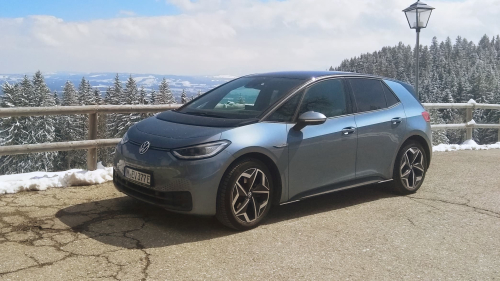
The ADAC testers did not spare the battery. To reach the 100,000 kilometer mark as quickly as possible, the ID.3 was often charged to 100% at fast charging stations—the recommendation, based on battery longevity, is 80%. In addition, contrary to the recommendation, the vehicle was usually ready for the next tester at the charging station with a 100% charge level, sometimes for several days.
The endurance test was the first of its kind for a vehicle of the ID. family. Between test drives, the ID.3 was repeatedly checked by engineers at the Landsberg am Lech Test and Technical Center. ADAC examines eight main criteria and more than 300 sub-criteria, ranging from technology and safety to handling, ease of operation and environmental impact.
The intelligent Electric Vehicle Route Planner, which the ID.3 also received via an update, is also praised by the ADAC testers. On a longer route, it plans the charging stops in such a way that the destination is reached as quickly as possible.
In addition to the battery’s state of charge, the system also takes into account the current traffic situation and forecasts. The charging stops are evaluated dynamically and are based on the performance of the pillars. As a result, route planning can suggest two short charging stops with high power instead of a single long one with low power.